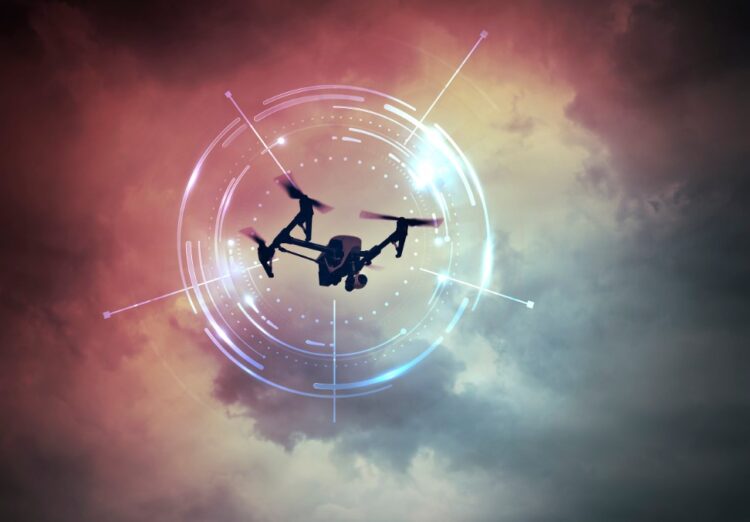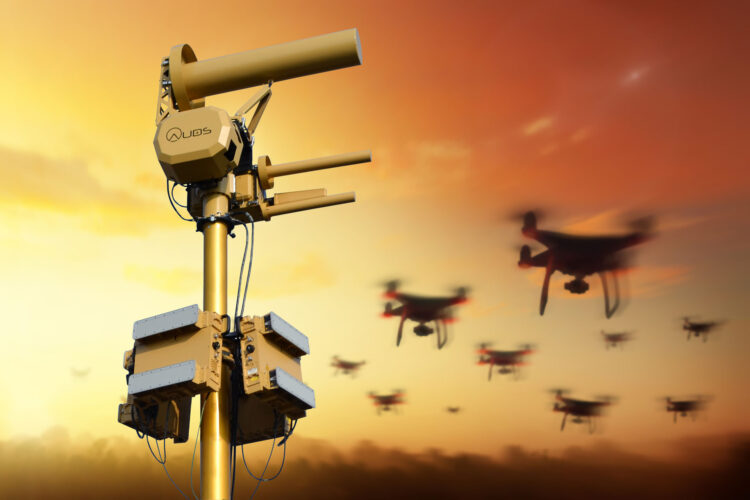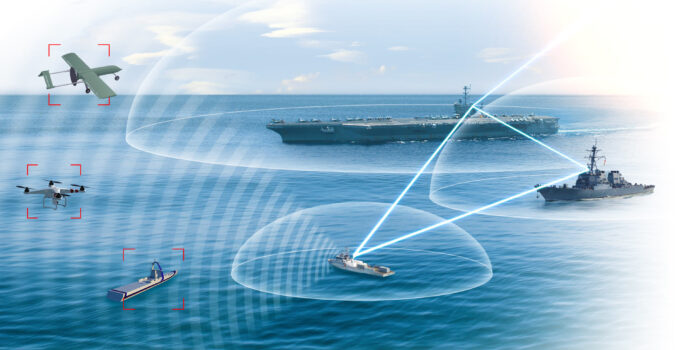In recent years, the proliferation of unmanned aerial systems (UAS), commonly known as drones, has presented new challenges and security threats in various sectors, including defense, law enforcement, critical infrastructure protection, and public safety.
As drones become more accessible and versatile, their potential for misuse, such as unauthorized surveillance, smuggling, or malicious attacks, has increased, prompting the need for effective counter-UAS solutions.
In this blog, we’ll delve into the world of counter uas solutions and explore the innovative solutions being developed to safeguard the skies and protect against drone threats.
Page Contents
Detection Technologies
The first step in countering unauthorized drone activity is detecting the presence of drones in the airspace. A variety of detection technologies are available, ranging from radar and radio frequency (RF) sensors to acoustic sensors and electro-optical/infrared (EO/IR) cameras.
Radar systems can detect drones at long ranges and in various weather conditions, while RF sensors can intercept and analyze communication signals between drones and their operators. Acoustic sensors can detect the distinct sound signatures of drones, while EO/IR cameras provide visual confirmation of drone activity.
By integrating multiple detection technologies, organizations can achieve comprehensive situational awareness and early detection of potential drone threats.
Identification and Tracking

Source: asiapacificdefencereporter.com
Once a drone has been detected, it’s essential to identify and track its flight path to determine its intentions and assess the level of risk it poses.
Identification and tracking technologies, such as automatic dependent surveillance-broadcast (ADS-B) receivers, transponders, and GPS-based systems, can provide real-time information about the drone’s location, altitude, speed, and trajectory.
Additionally, advanced software algorithms and artificial intelligence (AI) can analyze sensor data and predict the behavior of drones to anticipate potential threats and take proactive countermeasures.
Mitigation Measures
In the event of a confirmed drone threat, organizations may deploy various mitigation measures to neutralize the threat and protect against potential harm. Non-kinetic mitigation measures, such as jamming, spoofing, and cyber disruption, can disrupt the communication links and navigation systems of drones, causing them to lose control or return to their point of origin.
Kinetic mitigation measures, such as net guns, interceptor drones, and directed energy weapons, can physically intercept and neutralize drones by disabling their propellers or payloads.
The choice of mitigation measures depends on factors such as the level of threat, the operational environment, and the legal and ethical considerations surrounding the use of force.
Legal and Ethical Considerations

Source: blighter.com
While counter uas solutions technology offers valuable capabilities for protecting against drone threats, it’s essential to consider the legal and ethical implications of its use.
Regulations and guidelines governing the use of counter-UAS technology vary by jurisdiction and may include restrictions on the use of force, privacy concerns, and potential collateral damage to innocent bystanders or property.
Organizations deploying counter-UAS solutions must adhere to applicable laws and regulations, conduct risk assessments, and implement safeguards to mitigate potential legal and ethical risks associated with their use.
Final Words
In conclusion, counter-UAS solutions play a crucial role in protecting against the growing threat posed by unauthorized drones in various sectors.
By leveraging advanced detection, identification, tracking, mitigation, and integration capabilities, organizations can enhance their ability to detect, deter, and neutralize drone threats and safeguard the skies.
However, it’s essential to approach the deployment of counter-UAS technology with careful consideration of legal, ethical, and operational considerations to ensure its effective and responsible use in protecting against drone threats.





